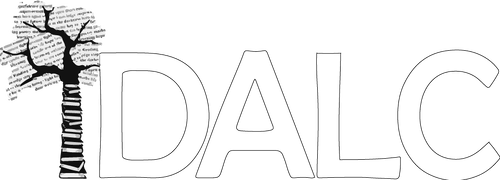Dáil Éireann is one of the Houses of the Oireachtas, the national parliament. It is called the Lower House.
The Dáil is part of the legislative (or law making) branch of the Irish State. Its members also elect the Taoiseach (leader of the country) and Government following a general election.
What is a TD?
The elected members of Dáil Éireann are called TDs – Teachta Dála (or Deputies). TDs are elected directly to the Dáil in a general election. They are your elected representatives. If a vacancy occurs during the duration of the Dáil, the seat will be filled by a bye-election. A TD can be part of a political party or independent.
How many TD’s are in the Dáil?
The following changes to Ireland’s electoral constituencies were introduced by the Electoral (Amendment) Act 2023
- The number of TDs in the Dáil will increase to 174 (from 160)
- The number of Dáil constituencies will increase to 43 (from 39)
88 TDs will be required to form a majority Government, up from 80.
How do I become a TD in Dáil Éireann?
To be eligible for membership of the Dáil, you must be:
- An Irish citizen
- At least 21
You cannot a member of the Dáil if you are:
- A member of a local authority (until 2003, it was possible to be an elected Councillor and a TD)
- A member of the European Parliament (an MEP), or another senior official in an institution of the European Union
- A member of the Garda Síochána or a full-time member of the Defence Forces
- A civil servant unless your contract specifically allows it
- Serving a prison sentence of greater than 6 months
- The President, a Senator, the Controller and Auditor General or a judge
Further information:



